Seasoning vegetables properly transforms them from bland to delicious. The right spices and techniques enhance natural flavors, whether roasting, sautéing, or steaming. Here’s how to do it right:
Start by matching spices to your cooking method and vegetable type. Root vegetables like carrots and sweet potatoes pair well with warm spices like cinnamon and cumin, while cruciferous veggies like broccoli need acidic elements like lemon zest to balance bitterness. Leafy greens require subtle enhancements such as toasted sesame seeds or sumac. Always apply oil before seasoning for even coating, and adjust based on cooking time—roasted veggies need more seasoning than steamed ones.
| Cooking Method | Recommended Spices | Bonus Tips |
|---|---|---|
| Roasting | Paprika, cumin, garlic powder, thyme | Add oil first, then spices for even coating. |
| Sauteing | Freshly minced garlic, chili flakes, lemon zest | Add spices early to infuse oil with flavor. |
| Steaming | Herb blends, onion powder, turmeric | Toss after steaming for fresher taste. |
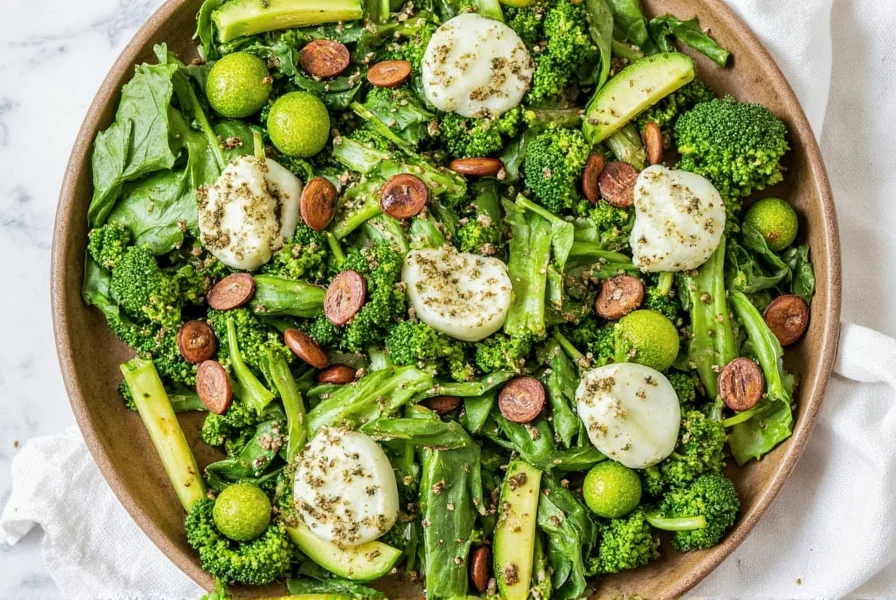
Essential Spices for Every Vegetable Dish
Build your pantry with these MVP spices:
- Paprika: Smoky depth for roasted root veggies
- Cumin: Earthy boldness for cauliflower or curried greens
- Garlic Powder: Universal savory enhancer
- Onion Powder: Adds depth without moisture
- Dried Herbs (thyme, rosemary, oregano): Mediterranean-style roasted medleys
- Lemon Zest or Citrus Powder: Brightens leafy greens and cruciferous veggies
Vegetable-Specific Seasoning Guide
Root Vegetables (Carrots, Beets, Sweet Potatoes)
Naturally sweet roots thrive with warm spices. Toss cubed sweet potatoes in olive oil, cumin, and cinnamon before roasting for sweet-savory perfection.
Cruciferous Veggies (Broccoli, Cauliflower, Brussels Sprouts)
Bitterness meets balance with acidic or spicy elements. Lemon zest, chili flakes, or gochugaru add punch. Harissa or za’atar work wonders for bold flavor.
Leafy Greens (Kale, Spinach, Chard)
Subtle enhancements shine here. Toasted sesame seeds, crushed red pepper, and tamari elevate greens. Fresh spinach loves sumac’s tangy kick.
Summer Squashes (Zucchini, Eggplant, Yellow Squash)
Mediterranean flavors work best: basil, oregano, fennel seed, and garlic. Mix Italian herbs with Parmesan for extra umami.
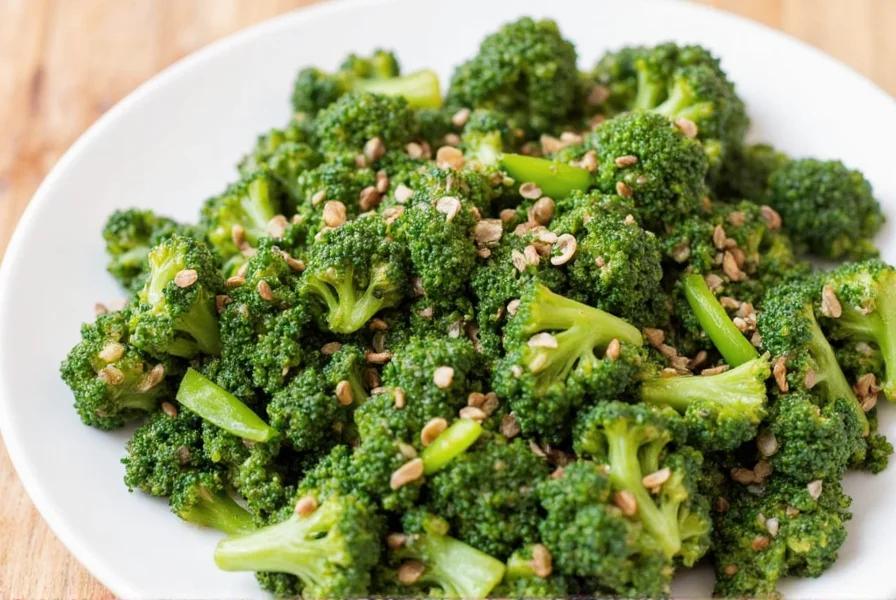
Flavor Pairing Cheat Sheet
| Vegetable | Mediterranean Match | Mexican-Style Mix | Asian-Inspired Blend |
|---|---|---|---|
| Carrots | Oregano + Olive Oil | Chili Powder + Lime | Ginger + Sesame Seeds |
| Broccoli | Garlic + Lemon | Cumin + Cilantro | Soy Sauce + Gochugaru |
| Brussels Sprouts | Balsamic Vinegar + Thyme | Smoked Paprika + Lime | Wasabi Mayo Drizzle |
| Zucchini | Basil + Garlic | Chipotle + Lime | Soy + Sesame Oil |
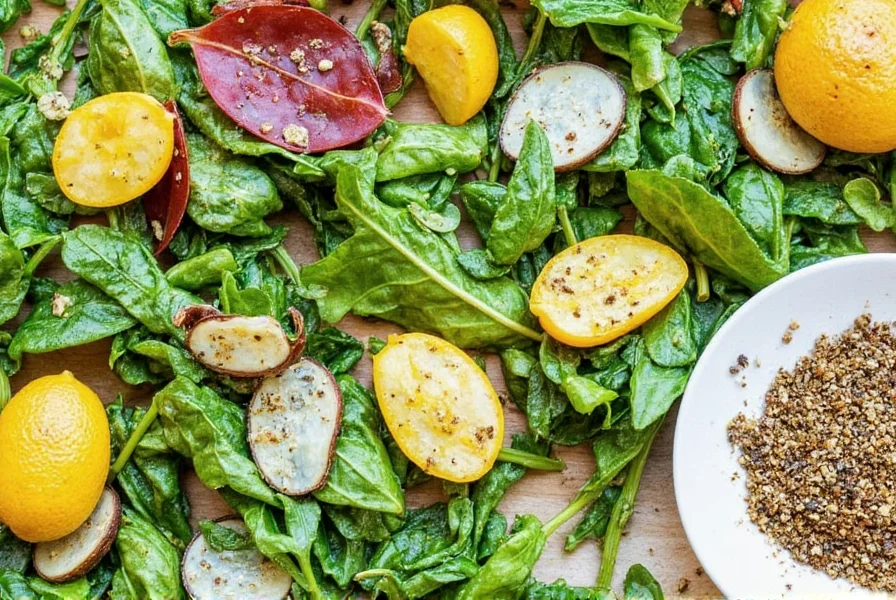
DIY Homemade Seasoning Blends
Make these easy blends at home:
- Everyday Veggie Boost: 2 tbsp garlic powder, 1 tbsp onion powder, 1 tbsp paprika, 1 tsp dried thyme
- Mediterranean Herb Blend: 2 tbsp dried oregano, 1 tbsp rosemary, 1 tbsp basil, 1 tsp lemon zest
- Spicy Southwest Mix: 2 tbsp chili powder, 1 tbsp cumin, 1 tsp smoked paprika, 1/2 tsp cayenne
Store-Bought Seasonings Reviewed
Top 3 tested options:
- Spice Islands Vegetable Seasoning: Balanced herbs, low sodium (80mg/serving), great for roasted veggies
- Simply Organic Mediterranean Blend: Organic, no added salt, perfect for Mediterranean dishes
- McCormick Grill Mates Vegetable Seasoning: Bold flavor, contains salt (120mg/serving), ideal for grilling
Frequently Asked Questions
What are the best seasonings for bland vegetables like zucchini or cauliflower?
Bland vegetables benefit from bold flavors. For zucchini, try Mediterranean blends with garlic, lemon zest, and fresh herbs. Cauliflower shines with smoky paprika, cumin, and a touch of chili for depth. Don’t be afraid to go bold—these neutral vegetables can handle strong flavors that would overwhelm more delicate produce.
How much seasoning should I use on vegetables?
A good rule of thumb is 1-2 teaspoons of dry seasoning per pound of vegetables. Start with less, toss well, then taste and adjust. Remember that roasting concentrates flavors, so you might need slightly more seasoning for roasted veggies than for steamed ones. Always season in layers—a bit before cooking and a finishing touch after.
Can I use the same seasoning for all vegetables?
While some versatile blends like garlic-herb mixes work across many vegetables, the best results come from tailored pairings. Root vegetables love warm spices like cumin and cinnamon, while cruciferous veggies need acidic elements like lemon to balance bitterness. Leafy greens need subtle enhancements rather than bold flavors. Think of seasoning as matching outfits to occasions—sometimes a little black dress works, but often you need something specific.
What’s the difference between using fresh vs. dried herbs on vegetables?
Dried herbs have more concentrated flavor and work best when added early in cooking (especially for roasting), while fresh herbs should be added at the end for maximum flavor impact. Dried herbs are ideal for spice blends that need to store well, while fresh herbs provide bright, complex notes perfect for finishing dishes. As a general rule, use 1 teaspoon dried herbs for every tablespoon of fresh.
How do I make my roasted vegetables crispy with seasoning?
The key is proper oil application before seasoning. Toss vegetables in a thin coat of oil first, then add spices. This helps the seasoning adhere and prevents burning. Don’t overcrowd the pan—space is crucial for crispiness. For extra crunch, finish with a sprinkle of flaky sea salt and fresh herbs after roasting. Avoid wet ingredients like lemon juice until the end, as they can steam rather than roast your veggies.
How long do homemade seasoning blends last?
Properly stored in airtight containers away from heat and light, most homemade seasoning blends last 6-12 months. Those with seeds (like sesame) may last only 3-6 months as the oils can go rancid. Signs of expiration include faded color, diminished aroma, or a musty smell. For longest shelf life, store in dark glass jars in a cool pantry, not above your stove where heat fluctuates.
Are store-bought vegetable seasonings healthy?
It depends on the brand. Many conventional brands contain high sodium levels and artificial ingredients. Look for options with recognizable ingredients, minimal additives, and lower sodium content (under 100mg per serving). Organic and specialty brands often offer cleaner profiles. When in doubt, compare nutrition labels and ingredient lists—the fewer ingredients with names you can’t pronounce, the better.
What’s the best low-sodium vegetable seasoning option?
Make your own blend using herbs and spices without added salt—garlic powder, onion powder, citrus zest, and dried herbs like thyme and rosemary. Look for "no salt added" versions of commercial blends. Boost flavor with acid (lemon juice or vinegar) and umami-rich ingredients like nutritional yeast or mushroom powder. Remember, you can always add salt at the table, but you can’t take it out once it’s in the blend.
Can I use vegetable seasoning on non-vegetable dishes?
Absolutely! Many vegetable seasonings work wonderfully on proteins and grains. Try the Fiesta Fiesta blend on chicken tacos, the Zen Garden Mix in stir-fried rice, or the Everyday Veggie Boost on roasted potatoes. Just be mindful of flavor compatibility—some blends with strong herb profiles might overpower delicate fish, while bolder blends work well with heartier meats.
How should I store homemade seasoning blends for maximum freshness?
Store in airtight glass containers away from heat, light, and moisture. Dark glass jars are ideal as they protect spices from light degradation. Keep them in a cool, dark pantry—not above your stove where temperature fluctuates. Label with creation date and use within 6-12 months. For spice blends containing seeds or nuts, consider refrigeration to prevent rancidity, though this may cause clumping in humid environments.
Final Thoughts: Elevate Your Veg Game
The right seasoning doesn’t just improve flavor—it changes how we think about vegetables. Whether you’re a vegan chef, curious home cook, or someone trying to sneak more greens into your diet, mastering vegetable seasoning opens endless culinary possibilities.
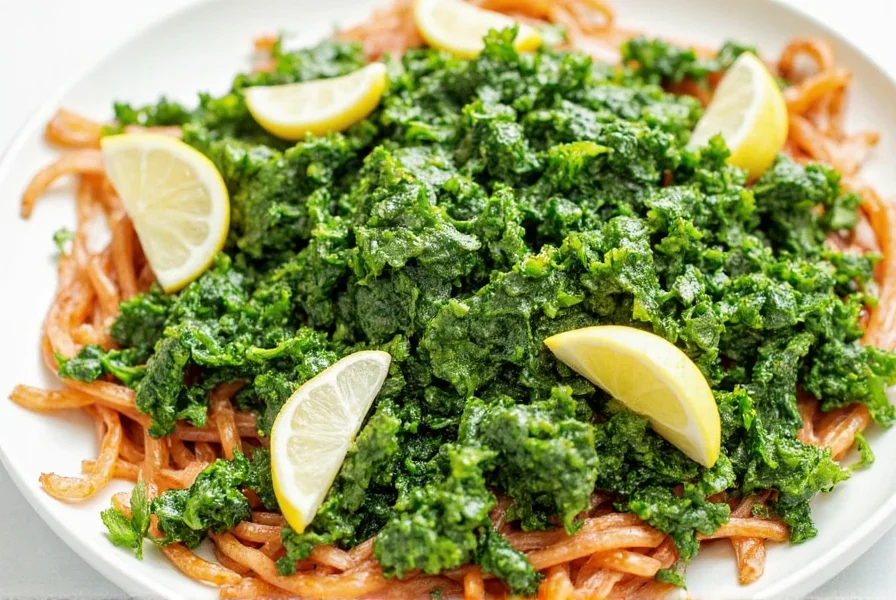
Next time you reach for frozen broccoli or kale, remember: the magic isn’t in the vegetable itself—it’s in the spices you pair with it. Get creative, experiment boldly, and make every bite count.

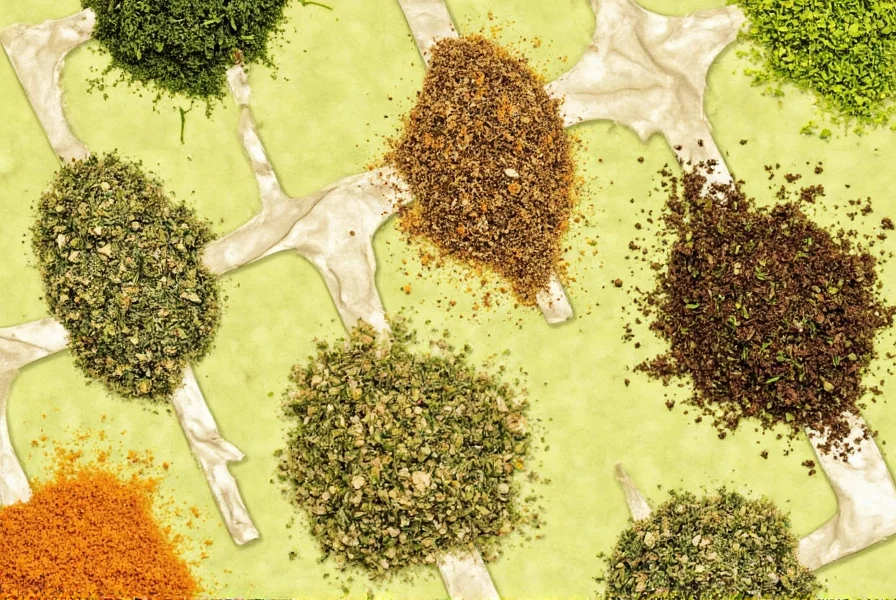









 浙公网安备
33010002000092号
浙公网安备
33010002000092号 浙B2-20120091-4
浙B2-20120091-4